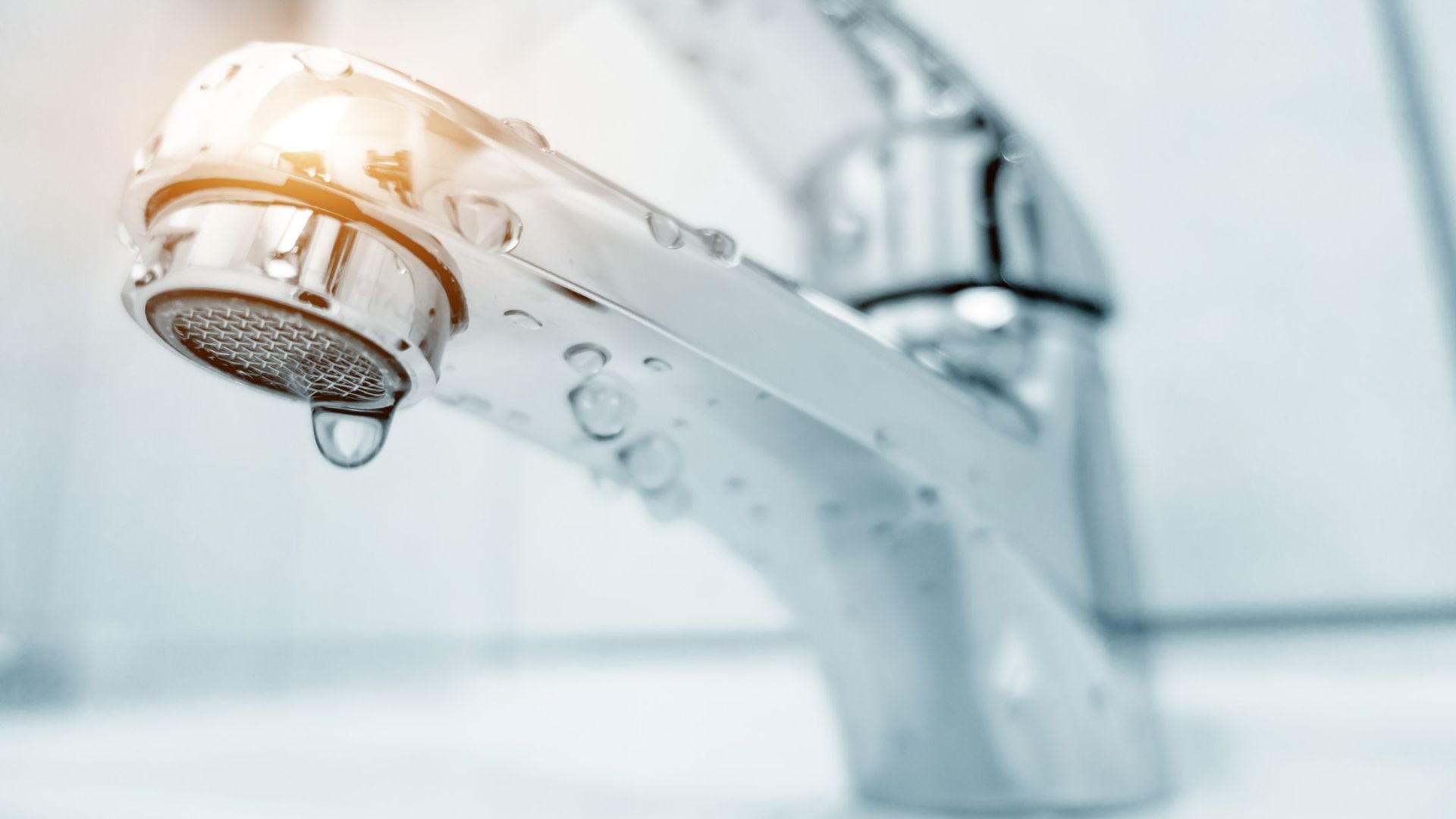Verified Approaches for Fixing Low Water Pressure in Your Home
Verified Approaches for Fixing Low Water Pressure in Your Home
Blog Article
The writer is making several good observations relating to 4 Ways to Troubleshoot Low Water Pressure in general in this content in the next paragraphs.

Low water stress in your house can be an irritating issue, impacting everything from bathing to washing dishes. If you're experiencing weak water circulation, there are several feasible causes and options to explore. In this guide, we'll discuss typical reasons for low tide stress and practical actions to resolve the concern effectively.
Introduction to Low Tide Pressure
Low water stress takes place when the circulation of water from your taps, showers, and various other components is weaker than usual. This can make everyday tasks extra tough and less efficient. Comprehending the reasons for low tide stress is crucial to discovering the best service.
Typical Root Causes Of Low Tide Stress
Faulty Pressure Regulators
Stress regulatory authorities are in charge of keeping constant water stress in your house. If they malfunction, it can lead to low tide pressure or irregular flow throughout the house.
Metropolitan Water Issues
Occasionally, the issue exists outside your home. Metropolitan water system issues, such as main line leaks or upkeep work, can temporarily lower water pressure in your area.
Pipeline Obstructions
Over time, pipelines can come to be clogged with natural resource, debris, or particles, limiting the circulation of water. This is a common concern in older homes with galvanized steel pipes.
Rust
Corrosion within pipelines can lead to leakages and lowered water pressure. Rust accumulation can constrict water circulation, specifically in maturing plumbing systems.
Just How to Diagnose Low Water Stress
Evaluating Pipelines
Inspect noticeable pipes for indicators of leaks, deterioration, or obstructions. Take notice of any type of uncommon sounds, such as banging or rattling pipes, which could suggest concerns within the plumbing system.
Consulting with a Plumber
If you're not able to identify the source of low water pressure, consider employing a specialist plumber to perform a thorough assessment. They can determine underlying problems and suggest suitable options.
Inspecting Faucets and Fixtures
Begin by examining the water pressure at different faucets and fixtures throughout your home. If the problem is isolated to certain locations, it might suggest local troubles.
Do It Yourself Solutions to Take Care Of Low Water Pressure
Flushing Hot Water Heater
Sediment buildup in the hot water heater can limit flow and lower effectiveness. Flushing the container periodically assists eliminate sediment and preserve optimal efficiency.
Inspecting Pressure Regulator
Ensure that the pressure regulator is functioning appropriately. Readjusting or changing the regulatory authority can assist recover appropriate water stress throughout your home.
Cleaning Up Aerators and Showerheads
Mineral deposits can build up in aerators and showerheads, decreasing water circulation. Remove and cleanse these elements frequently to improve water pressure.
Clearing Up Clogs in Water Lines
For small clogs, attempt utilizing a plumbing serpent or chemical drain cleaner to clear blockages in pipelines. Be cautious when making use of chemicals and comply with safety and security standards.
When to Call a Specialist Plumber
If DIY efforts fail to settle the issue or if you think significant plumbing problems, it's finest to seek help from a licensed plumber. They have the know-how and devices to resolve complicated problems safely and successfully.
Safety Nets to Maintain Water Stress
Mounting a Pressure Booster
Consider installing a stress booster pump to enhance water stress in areas with consistently reduced flow. This can be specifically beneficial for multi-story homes or properties with high-demand fixtures.
Surveillance Water Use
Be mindful of water usage routines and stay clear of overtaxing the plumbing system. Basic adjustments, such as shocking showers and laundry tons, can assist preserve adequate water stress.
Regular Maintenance
Set up routine upkeep for your plumbing system to prevent issues such as rust, leaks, and clogs. Attending to minor problems early can aid stay clear of more significant repair services in the future.
Conclusion
Handling low tide stress can be frustrating, however identifying the underlying reasons and implementing ideal options can restore ideal circulation throughout your home. Whether it's cleansing aerators, examining pipes, or talking to a plumber, taking proactive steps can make sure a steady supply of water for your daily requirements.
FOUR WAYS TO FIX LOW WATER PRESSURE NOW
Turning on a shower or faucet only to find the water comes out in a sad, slow drizzle is never a good feeling. How exactly are you supposed to wash a pan or take a quick shower when it takes 10 minutes just to rinse off a little soap? The good news is that when your water pressure is bad, there's always a cause: typically one that can be easily fixed. Here are some of the most common causes of low pressure and what you can do to fix the issue:
DEBRIS AND MINERAL DEPOSIT BUILDUPS
If you notice low water pressure from just one or two of the fixtures in your house, the problem likely has to do with debris buildup. Water is full of minerals and other debris, all of which can accumulate in your pipes and on your fixtures. This can cause a blockage that affects how much water flows through. To fix this, try filling a small plastic bag with white vinegar, and use a rubber band to hang it around your showerhead or faucet. Let the head of the fixture soak for a few hours, and the vinegar should loosen the deposits.
WATER LEAKS
Leaks are another common cause of low water pressure. If water is flowing out of your plumbing through a hole or crack before it can reach your fixture, the pressure coming out of the faucet or showerhead will be lower. A plumbing professional is your best bet for finding and repairing a leak in your water supply pipes.
Leaks are another common cause of low water pressure. If water is flowing out of your plumbing through a hole or crack before it can reach your fixture, the pressure coming out of the faucet or showerhead will be lower. A plumbing professional is your best bet for finding and repairing a leak in your water supply pipes.
A VALVE ISSUE
If you have low water pressure throughout your home, check your main shut-off valve to make sure it's completely open. You may also want to see if there's a pressure-reducing valve installed. If there is, have a plumber help you adjust the settings to get the pressure you're looking for.
OTHERS USING WATER
Believe it or not, your low water pressure could be caused by your neighbors. If you notice low pressure at certain times of day, it may be because you and the people living next to you have similar schedules - when everyone is showering at the same time, the pressure will be lower in every home. Low pressure throughout the neighborhood may also be caused by an issue with your municipal water supply. If that's the case, call the supplier to see if they're working on the issue.
https://www.rotorooter.com/blog/water-leaking/low-water-pressure-fixes/

I am just very serious about 4 Ways to Troubleshoot Low Water Pressure and I'm hoping you liked our article. Are you aware of someone else who is sincerely interested in the niche? Do not hesitate to share it. I cherish your readership.
Click Here Report this page